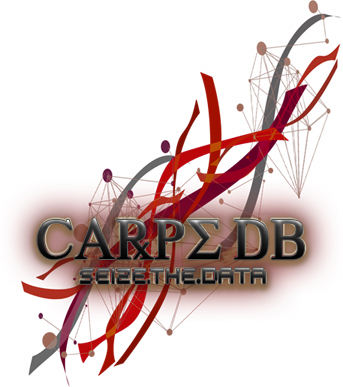
PURPOSE: To characterize a deletion of chromosome 2q at the molecular level in a patient suffering from severe epilepsy resembling severe myoclonic epilepsy of infancy/Dravet's syndrome (SMEI/DS) and to correlate other cases harboring deletions in the same region to morphological and clinical data. METHODS: Array-based comparative genomic hybridization (array CGH) was performed on DNA from the patient. Forty-three previously published cases reporting deletions within region 2q21-q31 were collected and analyzed regarding their cytogenetic and clinical data. RESULTS: A del(2)(q24.3q31.1) was detected in the patient, spanning a 10.4-megabase (Mb) region between 165.18 and 175.58Mb, harboring 47 genes. FISH analysis was performed, confirming this deletion. Twenty-two of the 43 previously published cases were seizure-positive. The most common dysmorphic features were ear abnormalities, microcephaly, micrognathia and brachysyndactyly for all patients as well as for solely the seizure-positive and -negative ones. For the 22 seizure-positive cases chromosome subband 2q24.3 constituted the smallest commonly deleted region among the majority of the cases, where subbands 2q22.1 and 2q33.3 represented the most proximal and distal breakpoint, respectively. CONCLUSIONS: Based on the early age of presentation and the severity of the epilepsy reported for the majority of the seizure-positive cases it was concluded that SMEI/DS could be the epileptic encephalopathy associated with deletions within the 2q22.1-q33.3 region, due to haploinsuffiency of SCN1A and/or complete or partial deletion of other voltage-gated sodium channel genes caused by the aberration. Furthermore, our study supports that array CGH is a competent technique for screening SCN1A mutation-negative patients diagnosed with SMEI/DS-like epilepsies and dysmorphic features, generating rapid and high-resolution data of genomic imbalances present in the patients.
[Full Text] [Submit New Annotation]